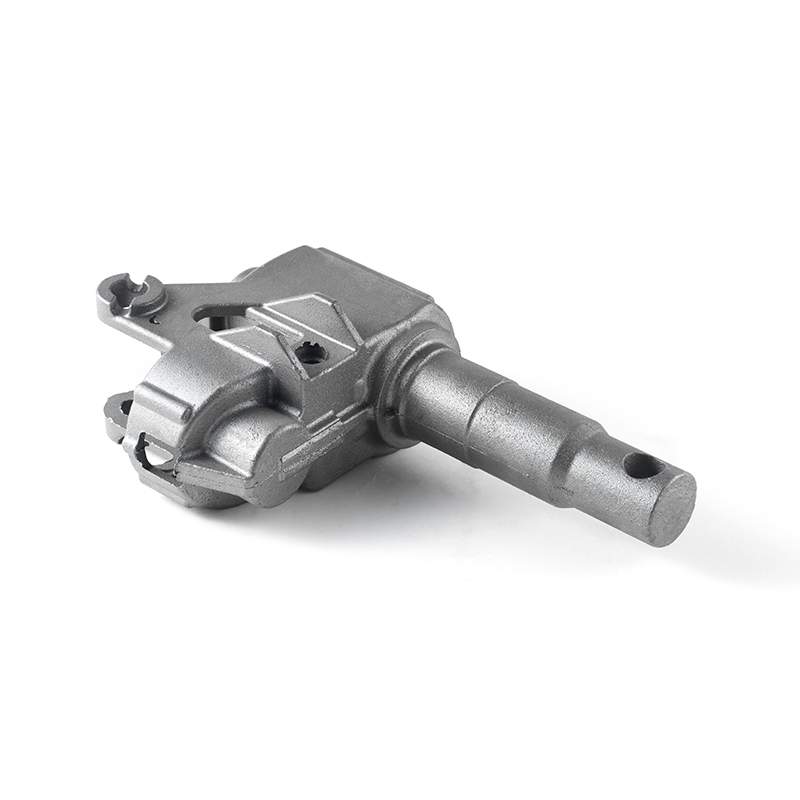An Introduction to Metal Ring Mold Making for Aluminum Casting
Industry News-Aluminum casting is a widely used manufacturing process known for its versatility, light weight, and ability to produce complex shapes with excellent dimensional accuracy. Among the many types of casting techniques, the use of metal ring molds has become an important method for shaping symmetrical and circular aluminum components. From automotive hubs to industrial sealing parts and machine bearings, aluminum ring castings are essential in many engineering applications. This article introduces the fundamentals of metal ring mold making for aluminum casting, highlighting materials, techniques, and key considerations in the mold-making process.

Metal ring molds are often used in permanent mold casting or semi-permanent mold casting processes, where the mold can be reused for multiple production cycles. Compared to expendable sand molds, metal molds offer higher durability, better surface quality, and faster production rates.
The selection of mold material is a crucial step in the mold-making process. Since aluminum has a relatively low melting point (around 660°C), the mold must withstand repeated thermal cycling without degrading or deforming.
Common materials used in metal ring molds include:
Gray Cast Iron: Offers good machinability, thermal conductivity, and wear resistance.
Steel Alloys: Provide greater strength and durability, especially for larger or high-pressure molds.
Copper Alloys: Sometimes used for sections requiring rapid cooling due to their high thermal conductivity.
Tool Steels (H13, P20, etc.): Used in high-performance or high-volume applications for their superior heat resistance and toughness.
The choice of material depends on production volume, complexity of the ring design, and specific performance requirements such as surface finish and dimensional tolerance.
Creating a mold for aluminum ring casting involves careful design to ensure the molten metal flows evenly and cools uniformly. Key design factors include:
Dimensional Accuracy: Inner and outer diameters must be maintained within specified tolerances. The mold design should consider aluminum shrinkage during solidification, typically 3-6%.
Core Design: A central core is used to form the hollow section of the ring. The core must be securely positioned and easily removable after casting.
Gating System: Proper design of the sprue, runners, and gates ensures smooth metal flow and minimizes turbulence or air entrapment.
Ventilation: Vents must be incorporated to allow gases to escape and prevent casting defects like porosity or voids.
Draft Angles: Slight tapers (draft angles) on the mold cavity walls help facilitate easy removal of the cast ring after solidification.
Cooling System: For repeatable results, water channels or other cooling mechanisms may be added to regulate mold temperature and improve casting cycle times.
The process of making a metal ring mold typically includes the following steps:
CAD Design: Engineers begin with a detailed digital model of the ring mold, incorporating all critical features and allowances for shrinkage and machining.
CNC Machining: Computer-controlled equipment is used to accurately machine the mold cavity from the chosen metal block. Precision tools ensure the roundness and surface finish of the ring shape.
Heat Treatment: To enhance durability, the mold material may undergo heat treatment processes such as annealing or quenching.
Assembly and Finishing: If the mold consists of multiple components (e.g., core, jacket, or insert), they are assembled and tested for alignment and fit. Mold surfaces are polished or coated to improve release and casting surface quality.
One of the key advantages of metal ring molds is their reusability, especially in medium- to high-volume production. However, regular maintenance is essential to ensure continued performance:
Cleaning: Residual aluminum and oxides must be removed after each cycle.
Inspection: Molds are checked for cracks, erosion, or deformation.
Surface Treatment: Recoating or repolishing mold surfaces may be required periodically.
Lubrication: Mold release agents and cooling fluids help protect surfaces and facilitate smoother operations.
By properly maintaining the mold, manufacturers can extend its life span and ensure consistent casting quality over many production runs.
 En
En
 русский
русский Español
Español عربى
عربى Deutsch
Deutsch















